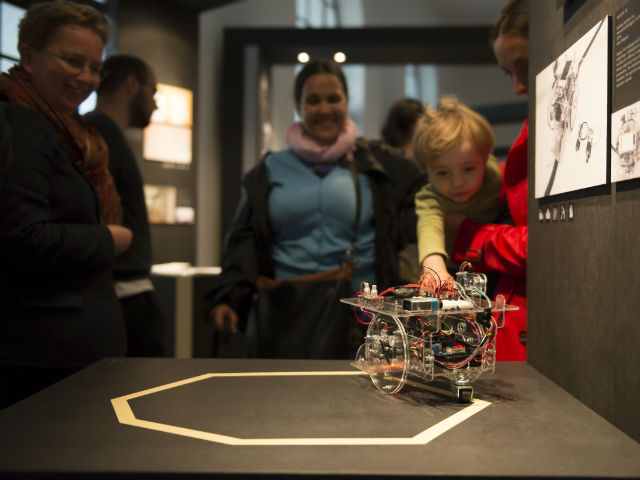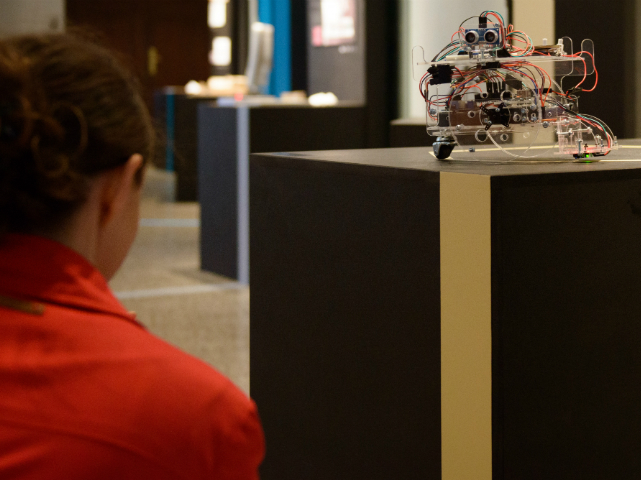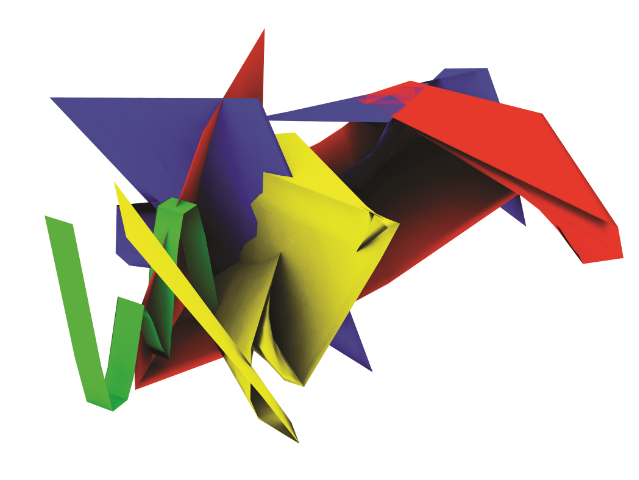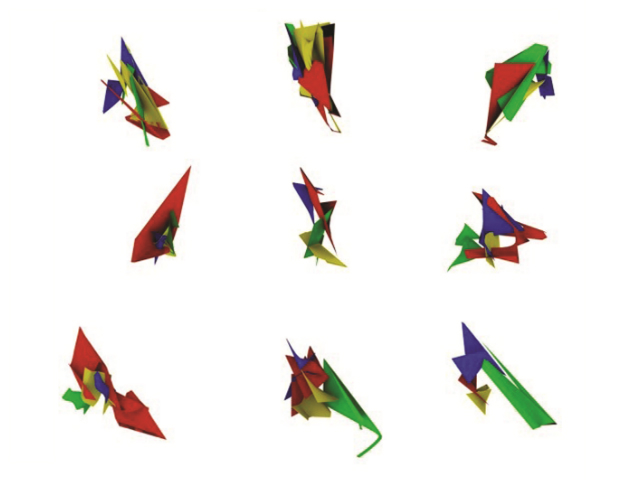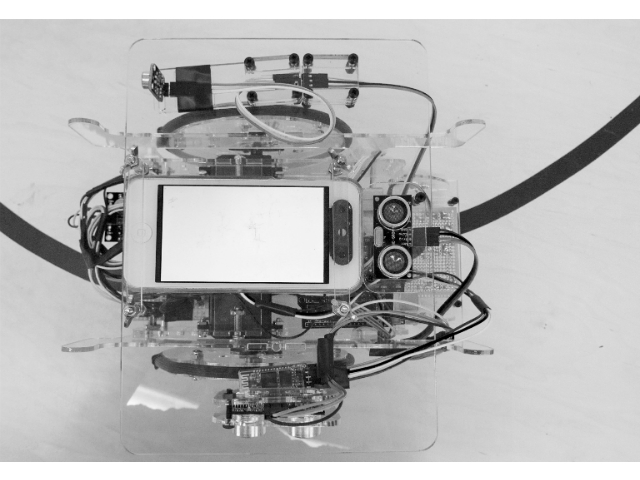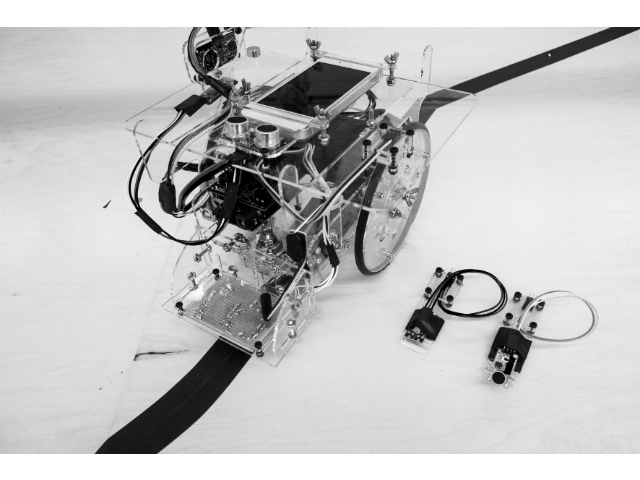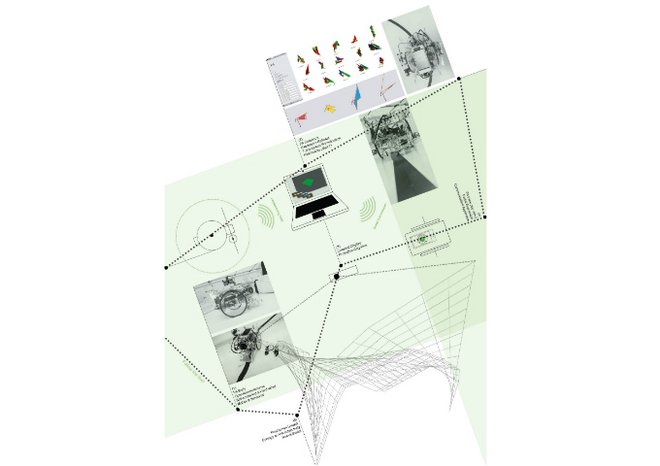Stefanie Holzheu
Networked Ecologies: On the Ruse and the Exploit Studio l Prof. Mark Shepard l University at Buffalo l Spring 2014
PA consists of two primary modalities: the operative-autonomic and the expressive-rational. The operative-autonomic modality employs standardized and mass-produced parts that are cheap, fast, and out of control. It presents technologized body comprising disparate organs in the age of flexible accumulation1 and cognitive capitalism2. It defines the mechanization of aesthetic experience, of which sole purpose is to pick up and register environmental signals (i.e. sound, light intensity, color, objects in space, etc.).
The expressive-rational modality consists of algorithms that transcribe and formalize the environmental signals. It gives shape to the environmental information in geometrical configurations that express a new form of rationalities afforded by the apparatus-dispositif³, which does not address any particular needs (especially the teleological ones). The algorithmic transcription of environmental signals indicates a new form of semiotic space4 that is devoid of human subjectivity.
PA challenges human subjectivity in architecture and design by algorithmically transcribing the environmental signals into “pure forms” free of the cultural and enculturating baggage human design inevitably carries. Even though the proprietary software that drives PA is written by humans, the outcome of the algorithm process is never predictable and non-human. Computational ecologies consist of what can be accomplished above and beyond serving and extending the anthropocentric environment-making, and beyond augmenting human capacities. In the end, what we must ask ourselves is, with all the “computing” power we have at our disposal, why do we always end up with the question: “Do I like this?” Is there anything beyond what we like, or not? Or does our own autonomic aesthetic sensibilities will spell our demise…? PA was selected in a double-blind peer-review and exhibited in the ACADIA 2015 conference, Cincinnati, OH, USA, 22-24 Oct. 2015.
References
1 David Harvey, The Condition of Postmodernity: An Inquiry into the Conditions of Cultural Change (Oxford: Blackwell, 1989): 141-172.
2 Yann Moulier Boutang, Cognitive Capitalism (Malden, MA: Polity Press, 2011).
3 Michel Foucault, Power/Knowledge: Selected Interviews and Other Writings, ed. Colin Gordon, trans. Colin Gordon et al. (New York: Vintage Books, 1980): 194-195.
4 Or “semiosphere”. Juri Lotman, “On the Semiosphere,” trans. Wilma Clark, Sign Systems Studies, Vol. 33 (1), 2005: 205-226. And see also: Kalevi Kull, “On Semiosis, Umwelt, and Semiosphere,” Semiotica, Vol. 120 (3/4), 1998: 299-310.

